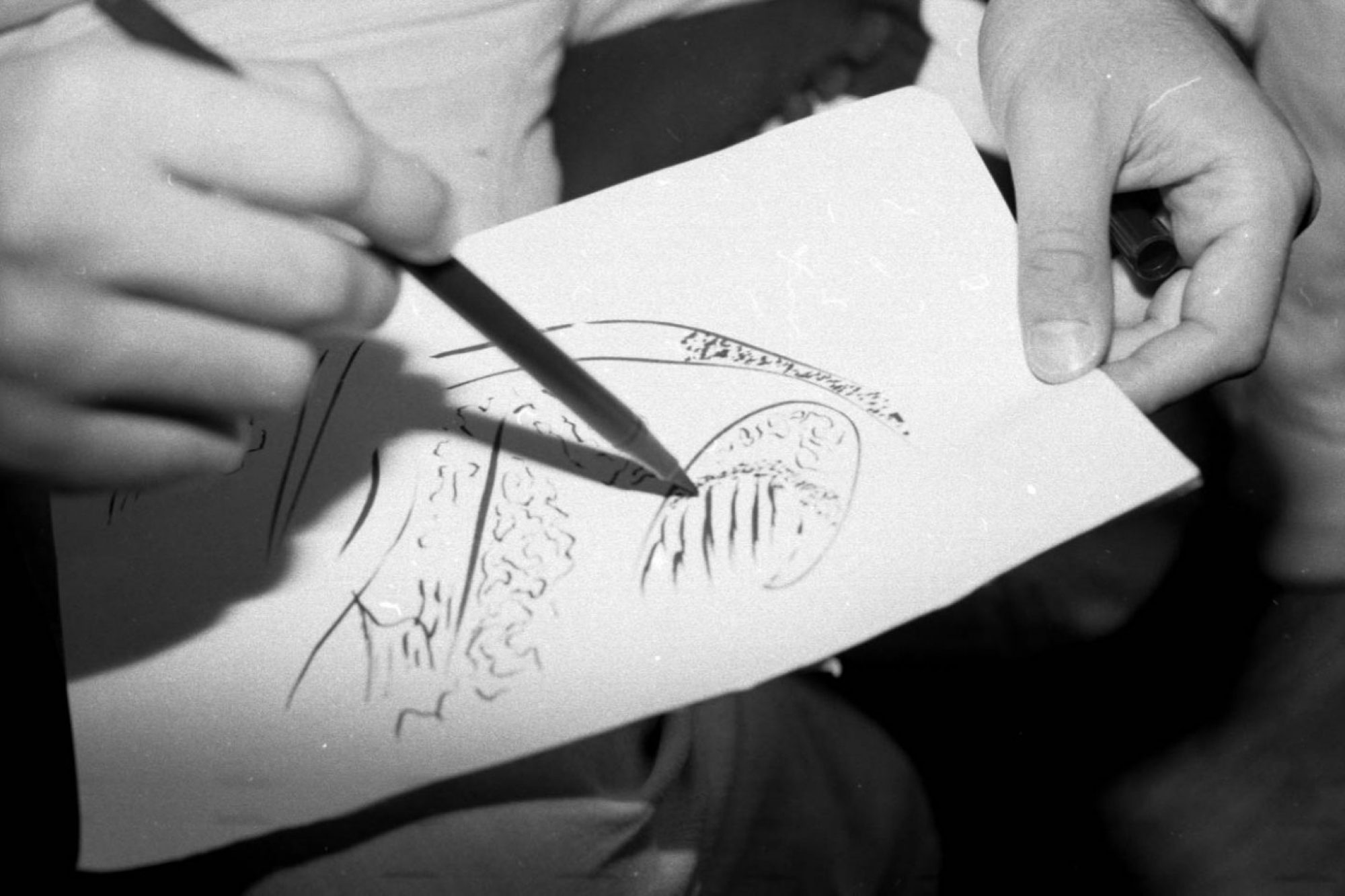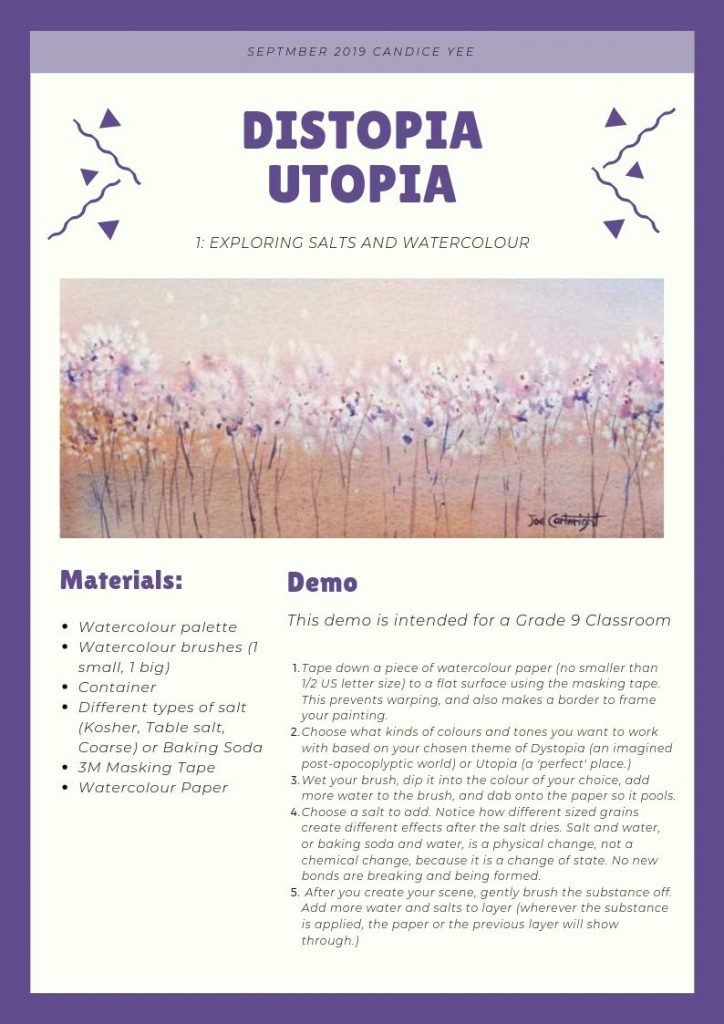Social Responsibility in Art Education – Revisions, p. 92
I think that this reading summarized the common points we have been discussing in class: that art making is political, empowering for students, and is essential to cultural survival. The example of a socially-engaged project, Art Against Racism (Burnaby, BC) describes numerous attempts for the schools to increase awareness of racism and celebrate multiculturalism across music, theatre, and material arts. But were these challenging and exposing oppression? Last November, a student from Lord Byng, the high school I attended, was filmed saying that he wanted to kill black people. The video was shared on social media. One of six black students attending the school of 1,300 was interviewed about her experience. She said she felt threatened. The school held an assembly by Black Lives Matter Vancouver, which was criticized as avoiding issues of racism and focusing on activism. There was also a voluntary forum for students to voice their concerns about the video, which was criticized for being disorganized, having no real impact afterwards, and poorly attended by students.
I used to go to this school. I volunteered for their art classes. I wonder if I was teaching while this was unfolding, how I would address it. Is it appropriate to address specific issues that happened directly at the school in a classroom? I feel like there is so many people to protect, and I don’t know who to protect. When a child does something seriously wrong, does severe punishment change anything?
Indigenous cultures and the profound moral debt we face – Revisions, p. 116
I think this article did the best it could to go over indigenous discrimination and mistreatment, of which I took notes on. I then reflected on my experience with learning about indigenous culture. At Langara, there is a carving class which I never looked into and never took, despite my peers saying that it was really amazing. At Emily Carr, there is an Aboriginal Gathering Place. I visited it once, and I saw two traditional performances twice, by chance. I fully acknowledge my lack of involvement, and negating responsibility, to educate myself further when these opportunities to do so are so close to me.
Irwin, R., Grauer, K., & Emme, M. (2007) (Eds.), ReVisions: Readings in Canadian Art Teacher Education. Toronto, Ontario: Canadian Society for Education through Art.



